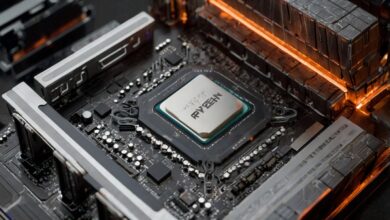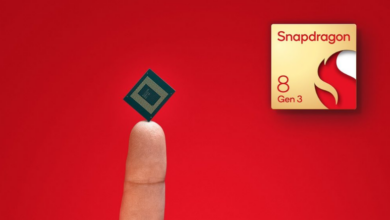
AI revolution: a new generation of RAM that consumes 2,500 times less energy
One of the causes singled out most often is the large energy consumption above all by artificial intelligence. However, there is a new type of RAM which could greatly contribute of reducing this bill.
AI is less energy excoriating due to CRAM
When artificial intelligence is already weaving its way through art and computing, the query of the energy behind the AI cannot be avoided. In response to this challenge, researchers at the University of Minnesota have designed an innovative solution: An abbreviation for an idea proposed in a similar previous article by the author, namely Computational Random Access Memory (CRAM).
From AMR to CRAM: the concept of a revolution in memory
RAM (Random Access Memory) is normally utilized for setting up information in order that the processor of a computer can run a program. As such, the CRAM has a function that transcends this responsibility. Futhermore, as state Live Science, this new technology “will not store information but calculate”: As such, it will not store information but instead calculate: This helped to eliminate the power-consuming process of transferring data between the memory and the processor place.
Hand in hand with AI: the role played by MTJs
The key benefit arises from the so-called ‘magnetic tunnel junctions’ (MTJ) used in these memory devices. This technology employs the spin of electrons to store the data making it to have little power consumption, high and improving rate of speed and manufacturing inefficiency.
The energy projections of AIs: divided by one thousand five hundred
AI is power-hungry and, more to the point, its global demand is expected to double in 2022-2026 as per IEA. However, if the approach is applied in CRAM, it could result to major energy saving. However, the research contained in npj Unconventional Computing shows that this type of memory utilises energy 2,500 times lower than the standard energy usual in information storage.
With more than 20 years of research behind it, and in addition to the support of the American agency Darpa, the CRAM technology is now ready to be launched on the market. A group of students active since 2003 and an interdisciplinary team at the University of Minnesota have proved that the technology in question is now feasible and ready to be integrated into technology, its lead author Jian-Ping Wang says. The last step is merely to persuade the semiconductor manufacturers to go on the CRAM voyage.




